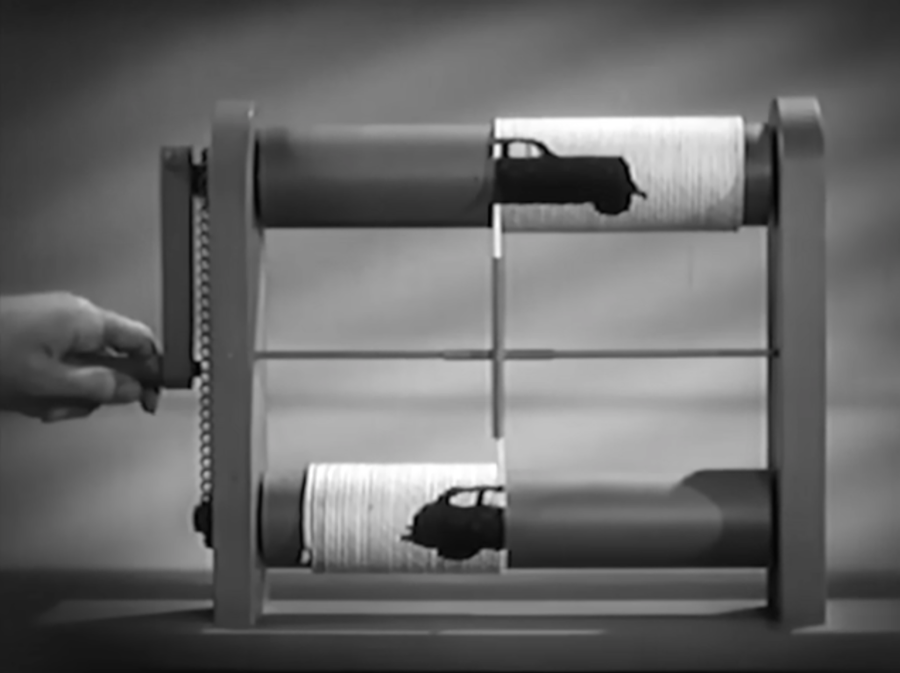How Photos Were Transmitted by Wire in 1937: The Innovative Technology of a Century Ago

When did you last send someone a photo? That question may sound odd, owing to the sheer commonness of the act in question; in the twenty-twenties, we take photographs and share them worldwide without giving it a second thought. But in the nineteen-thirties, almost everyone who sent a photo did so through the mail, if they did it at all. Not that there weren’t more efficient means of transmission, at least to professionals in the cutting-edge newspaper industry: as dramatized in the short 1937 documentary above, the visual accompaniment to a sufficiently important scoop could also be sent in mere minutes through the miracle of wire.
“Traveling almost as fast as the telephone story, wired photos now go across the continent with the speed of light,” declares the narrator in breathless newsreel-announcer style. “It’s not a matter of sending the whole picture at once, but of separating the picture into fine lines, sending those lines over a wire, and assembling them at the other end.”
Illustrating this process is a clever mechanical prop involving two spindles on a hand crank, and a length of rope printed with the image of a car that unwinds from one spindle onto the other. To ensure the viewer’s complete understanding, animated diagrams also reveal the inner workings of the actual scanning, sending, and receiving apparatus.
This process may now seem impossibly cumbersome, but at the time it represented a leap forward for mass visual media. In the decades after the Second World War, the same basic principle — that of disassembling an image into lines at one point in order to reassemble it at another — would be employed in the homes and offices of ordinary Americans by devices such as the television set and fax machine. We know, as the viewers of 1937 didn’t, just how those analog technologies would change the character of life and work in the twentieth century. As for what their digital descendants will do to the twenty-first century, as they continue to break down all existence into not lines but bits, we’ve only just begun to find out.
Related content:
The History of Photography in Five Animated Minutes: From Camera Obscura to Camera Phone
Watch a Local TV Station Switch From Black & White to Color for First Time (1967)
Creative Uses of the Fax Machine: From Iggy Pop’s Bile to Stephen Hawking’s Snark
From the Annals of Optimism: The Newspaper Industry in 1981 Imagines its Digital Future
Based in Seoul, Colin Marshall writes and broadcasts on cities, language, and culture. His projects include the Substack newsletter Books on Cities, the book The Stateless City: a Walk through 21st-Century Los Angeles and the video series The City in Cinema. Follow him on Twitter at @colinmarshall or on Facebook.


